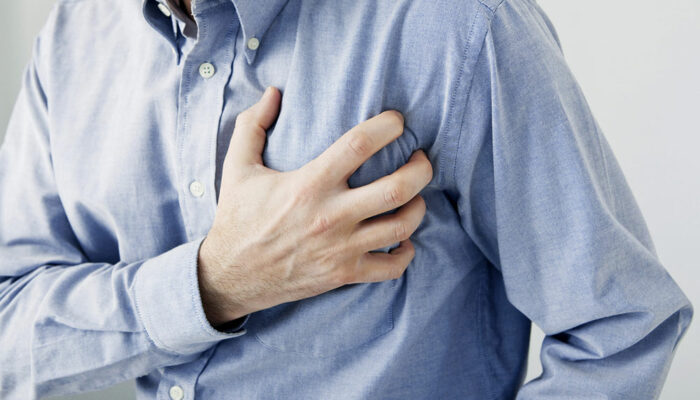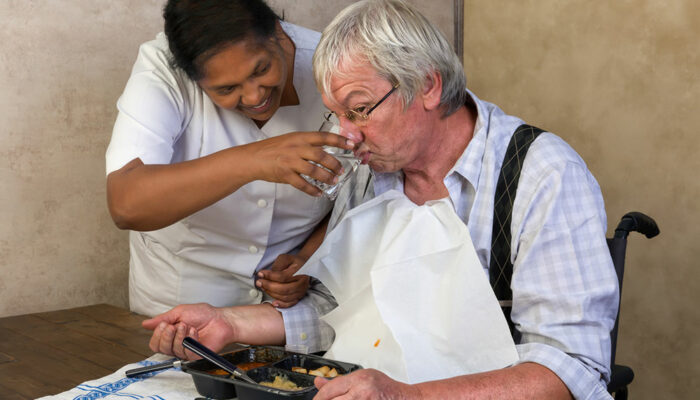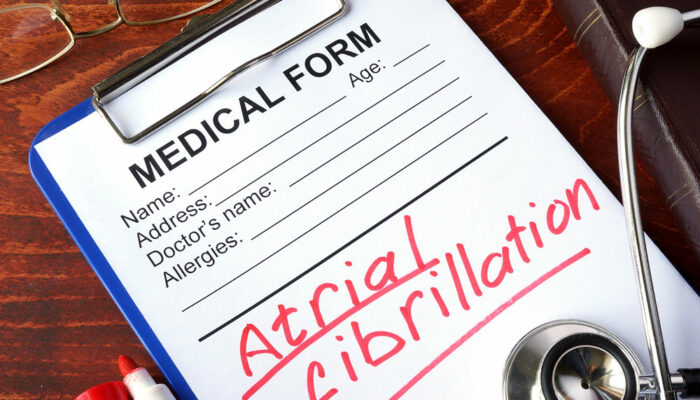
Iron deficiency – Signs and symptoms
Iron deficiency, or anemia, occurs when the level of hemoglobin drops in the red blood cells. Hemoglobin is a protein in the red blood cells, which carries oxygen to the tissues.
It is the most common type of deficiency and it happens when the body does not have enough iron mineral, which is required for producing hemoglobin. When you do not have enough in the bloodstream, the rest of the body does not get enough oxygen.
Many people do not know that they are anemic. One may have its symptoms for years without knowing the reason. The most common cause of iron deficiency in women is due to heavy menstruation or pregnancy. Intestinal diseases and poor diet affect how the body absorbs iron causing iron deficiency/anemia. This condition is treated with iron supplements or changes to your diet.
There are different types of anemia, but iron-deficiency anemia is the most common.
A common cause of iron deficiency includes blood loss due to heavy menstruation, internal bleeding, inflammatory bowel disease, restrictive diet, and poor diet. The cause can lead to unpleasant symptoms that can affect your productivity, concentration, and health. Symptoms can vary depending on how severe the anemia is, the current state of health, age, and fast it develops. Some of the most common symptoms are
- Unusual tiredness affects half of the people who need iron to make a protein called hemoglobin. It carries oxygen in the body. It carries oxygen to all the muscles and tissues. Less oxygen means less energy for the muscles and tissues. The heart works harder trying to move oxygen to the different parts of the body making you feel tired.
- Pale skin and pale color of the insides of the lower eyelids is a sign of iron deficiency
- Shortness of breath happens when the hemoglobin does not carry enough oxygen to the muscles even to do normal activities like walking. The breathing rate increases trying to draw in more oxygen.
- Headaches and or lightheadedness or dizziness is a common sign of iron deficiency. Low levels of hemoglobin mean the brain does not get enough oxygen causing it to swell, cause pressure and headaches.
- Heart palpitations is another sign of iron deficiency anemia. It leads to fast, irregular heartbeats, heart murmur, or heart failure. But these symptoms are less common.
- Dry and damaged hair and skin due to limited oxygen reaching the tissues and organs. Skin and hair can become weak and dry and most severe cases it leads to hair loss.
- Swelling and soreness in the mouth and tongue; they can become inflamed, pale and strangely smooth. Low hemoglobin can cause the tongue to swell. Low hemoglobin makes the face puffy and myoglobin causes swelling, soreness and gives a smooth feeling. Myoglobin is also a protein that supports the makeup of the tongue.
- Restless Legs syndrome is caused by iron deficiency. This symptom gives you the strange urge to move your legs. It causes a strange itchy and crawling sensation in the feet and legs. It is worst eaten night and the person will not get sleep.
- Brittle or spoon-shaped fingernails, which is also called koilonychia. The brittle nails crack easily.
- Strange cravings for foods or cravings to eat paper, calk, ice, clay, and dirt, this occurs during pregnancy.
- Feeling anxious – the lack of oxygen to the body tissues cause feelings of anxiety. Cold hands and feet mean less oxygen is being delivered to the hands and feet.




